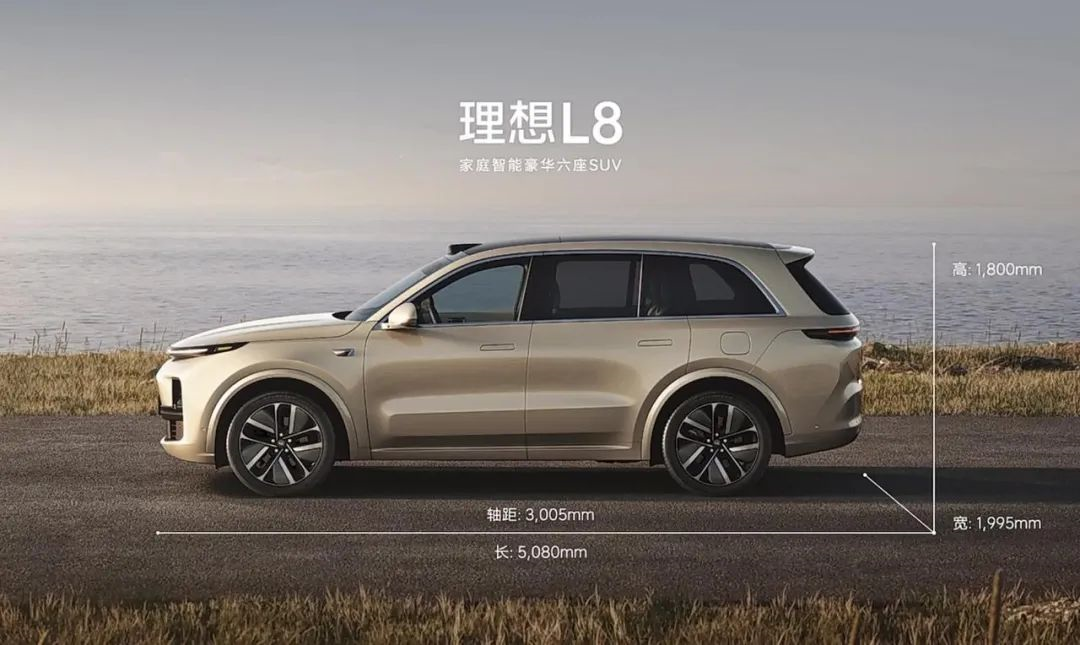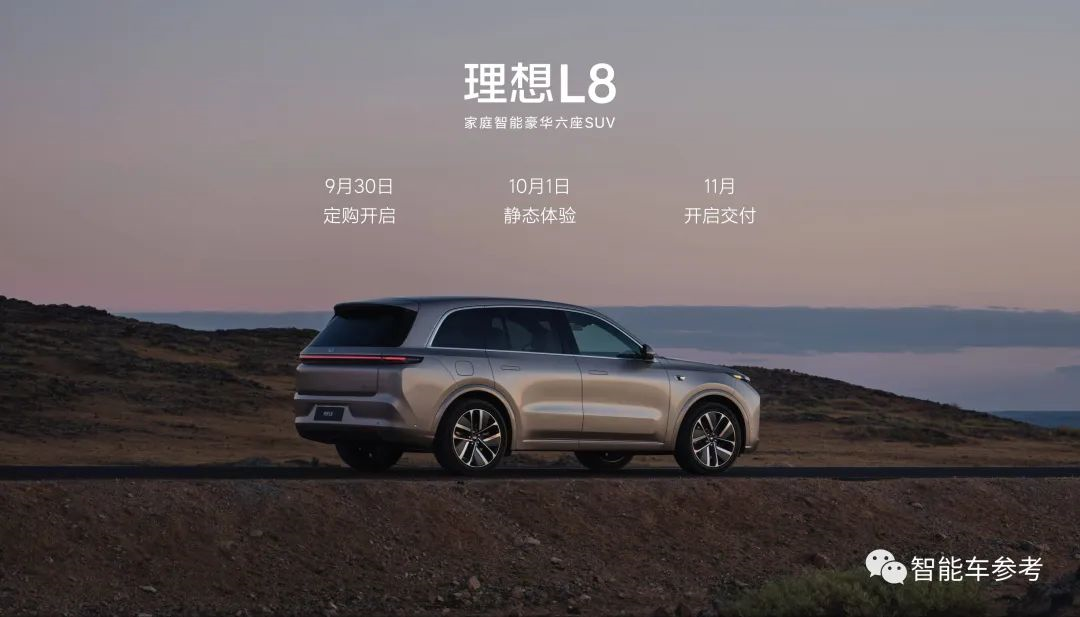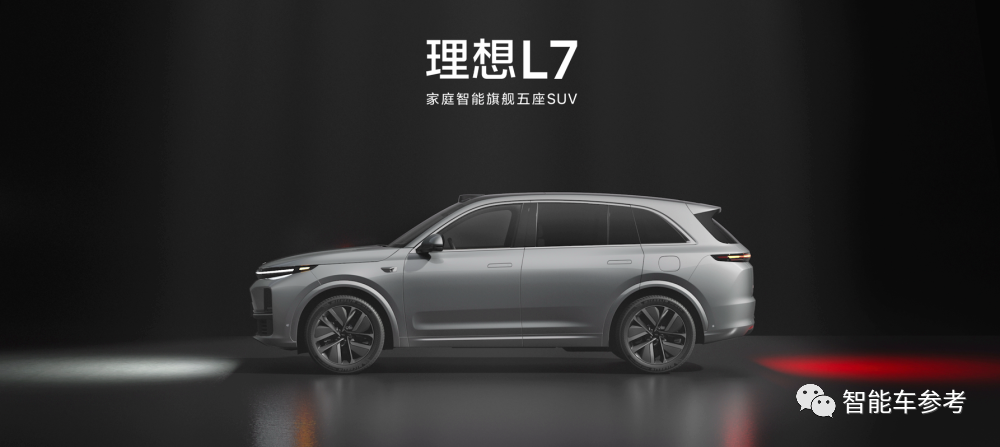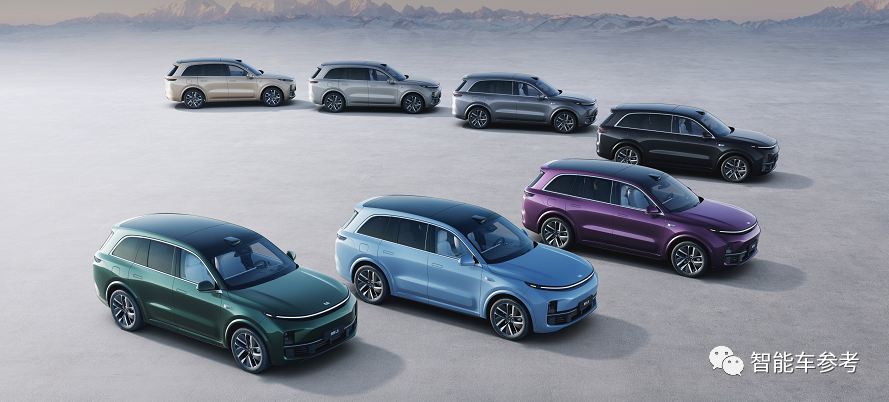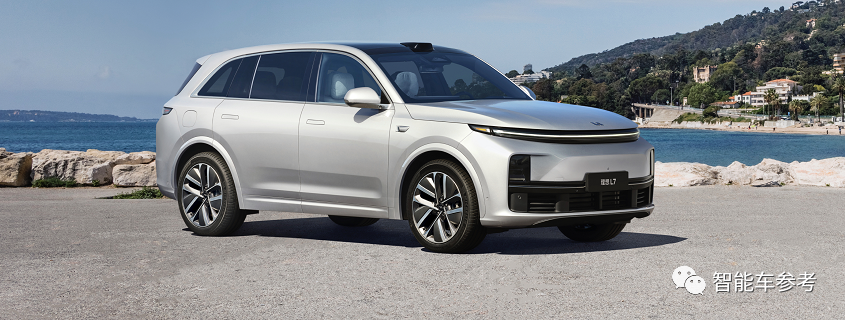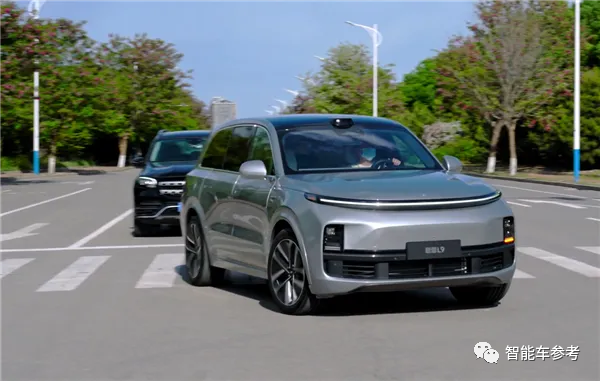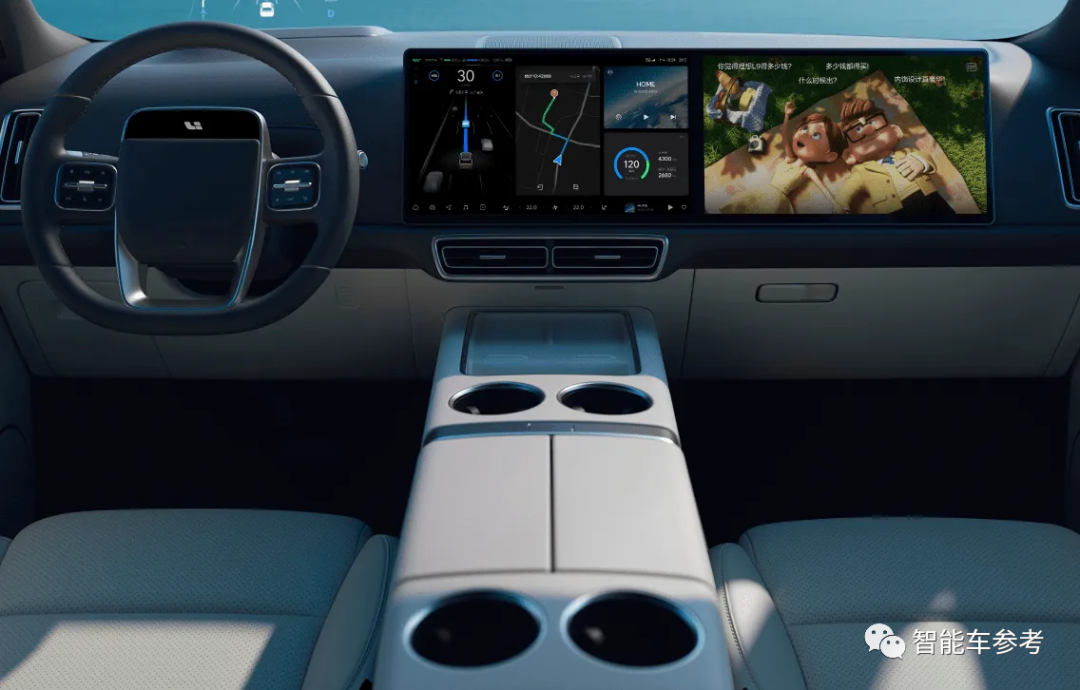Jia Haonan from the passenger seat temple
Reference of Intelligent Vehicles | Official WeChat account of AI4Auto
“Nested Dolls” have been understood by Li Xiang.
We have just released two new cars, L8 and L7.
Isn’t this just the L9 “mini”?!
They have the same design style, car model, interior, chassis and sensor layout. The only differences are the size and seat layout. And of course, the prices of L8, L7 are lower, both of which are under 400,000 yuan.
Some L9 car owners directly expressed that they would have chosen L8 if they had known it, and there would be no need to spend more money on L9.
Li Xiang used buying a house as an analogy to describe the new product line of Li Xiang.
Without further ado, let’s quickly find out what is the same and what is different between L7, L8, and L9.
What is the same among L7, L8, and L9?
The design style is completely the same. You cannot tell the difference by just looking at the pictures without comparing the sizes.
Li Xiang L8:
Li Xiang L7:
Their big brother Li Xiang L9:
The interior design style is completely consistent.
Of course, the three models all have 5-screen interactive cockpits, soft wrap materials, decorative panel materials, and leather seats for the interior.
Even the colors available for the interior are all black, brown, and white.
In fact, it can be said that Idealsee designed one set of components for the interior and exterior of the car, produced one set of molds, and then made at least three different cars.
By saving costs like this, even the boss of the supply chain could not help but smile at Li, Idealsee’s manager.
Not only the appearance and interior are the same, but also the soft and hardware of the bottom of the car.
The chassis schemes of 7, 8, and 9 are completely the same. The suspension forms are front double-wishbone and rear five-link, which is the mainstream choice for luxury SUVs.
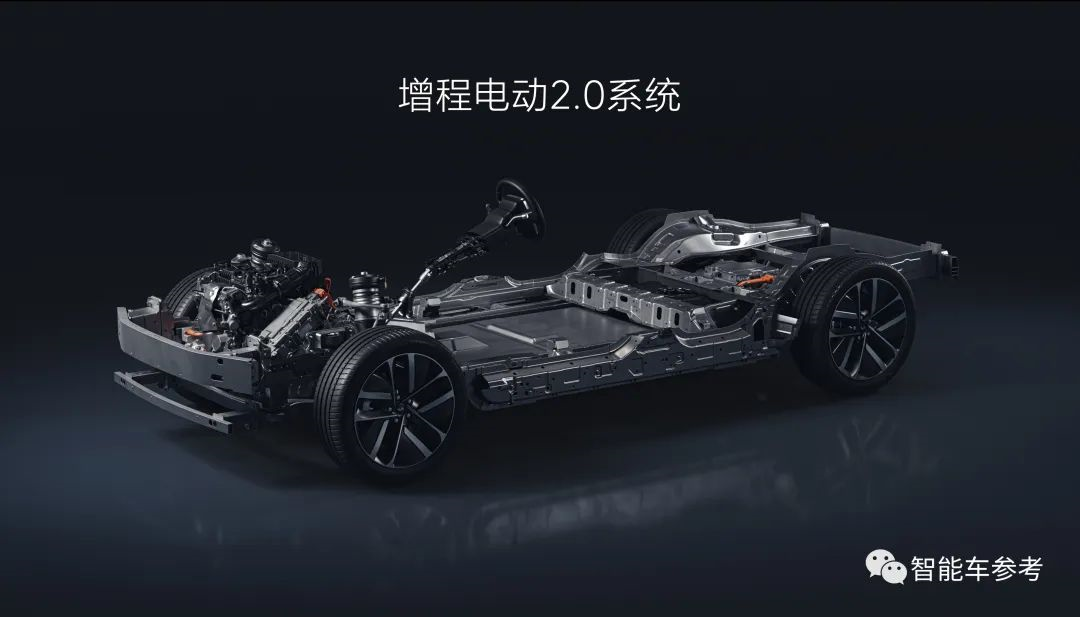
Idealsee’s self-developed air cushion suspension is standard equipment, which is hardware for air cavity shock absorption, and is equipped with an adaptive suspension tuning algorithm.
The powertrain is completely the same. It is the latest Idealsee 1.5T four-cylinder engine with a 41.5-degree battery, and its comprehensive range is 1315km with full oil and full electricity. Its 0-100km/h acceleration time is 5.5 seconds.
In other aspects, both 7, 8, and 9 have Idealsee’s self-developed intelligent driving system as standard equipment, but it is divided into different levels.
The remaining 100 or so various configurations inside the car, whether they are luxurious, comfortable, practical, or technological, are basically the same for 7, 8, and 9:
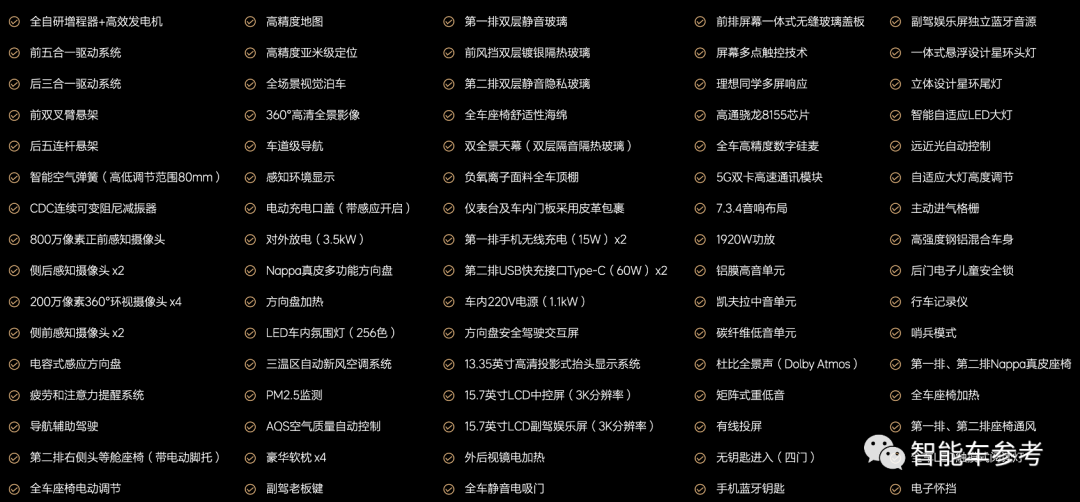
Among them are full-car laminated double-layer glass, electric suction doors for the whole car, and so on.
There are too many things that are the same, it seems that there is nothing else left on the car.
What are the differences between 7, 8, and 9, and how can we choose between them? We can look for the differences.
First of all, they differ in size.
The L8 has a 10cm shorter wheelbase than the L9, 3005mm, and is positioned as a large SUV. The seat layout is also 2+2+2 with six seats.
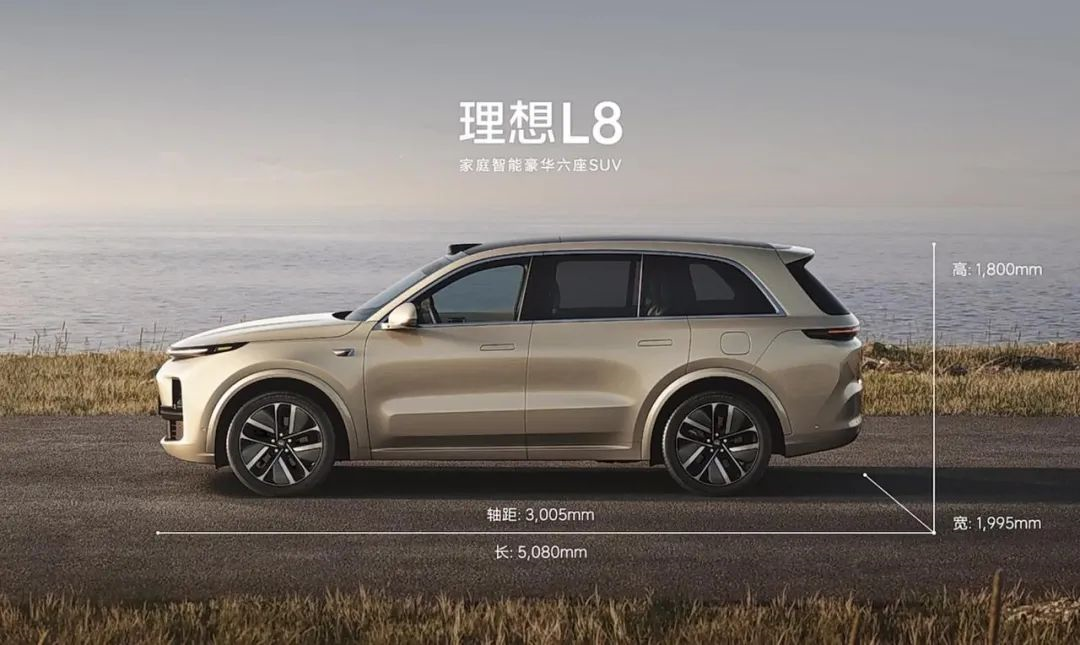
The L8 is like a shorter wheelbase version of the L9, with the same configuration, lower price, and more flexible handling.L7 has the same wheelbase as L8, which is 3005mm, positioned as a large-sized SUV.
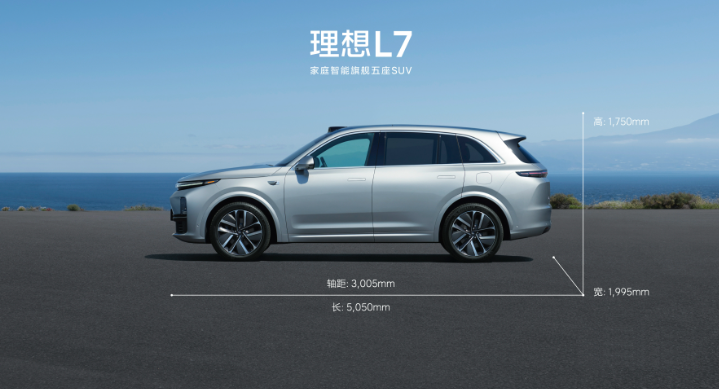
The difference is that L7 has a layout for 5 seats:
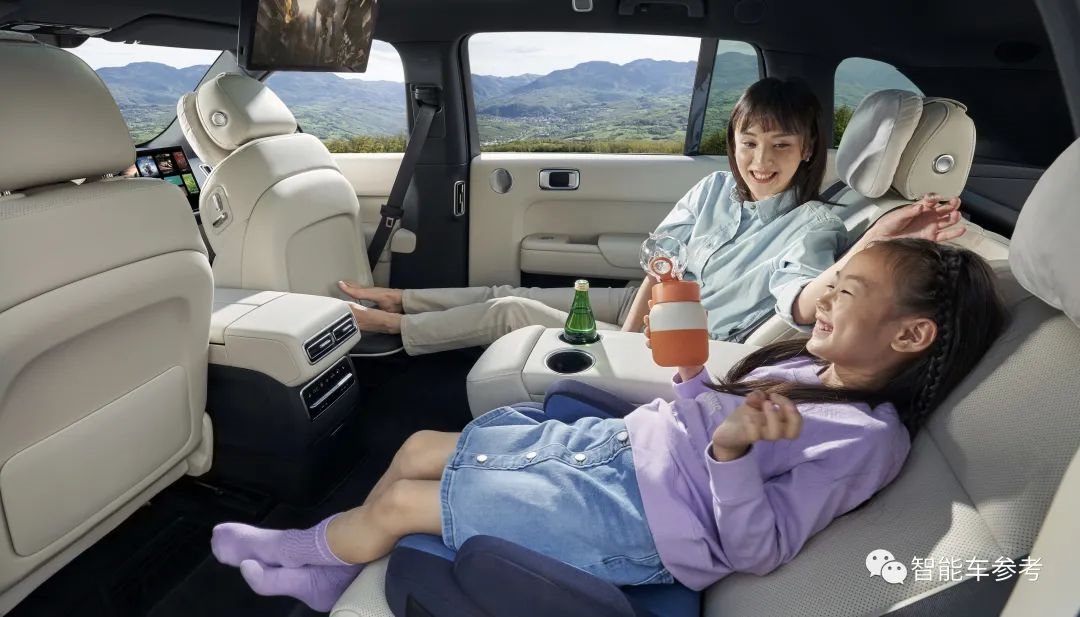
As you may have noticed, L7 is almost identical to L8 except for the seat layout (with minor differences in body size and door panels).
So why did Mr. Li create two different models instead of just having different configurations for the same car? It seems like a waste of time and effort to issue two separate announcements.
That’s a good question. We’ll be sure to ask Mr. Li next time we see him.
To summarize:
If you want 5 seats, go for L7; for 6 seats, choose L8; and if you want everything and money is not an issue, choose L9.
The only choice left is the intelligent configuration.
L7 and L8 have different intelligent cups – Pro and Max, respectively.
Pro provides only basic features, with the highest level of intelligent driving limited to high-speed NOA, and only four interactive screens in the intelligent cockpit, without the large entertainment control screen in the rear row:
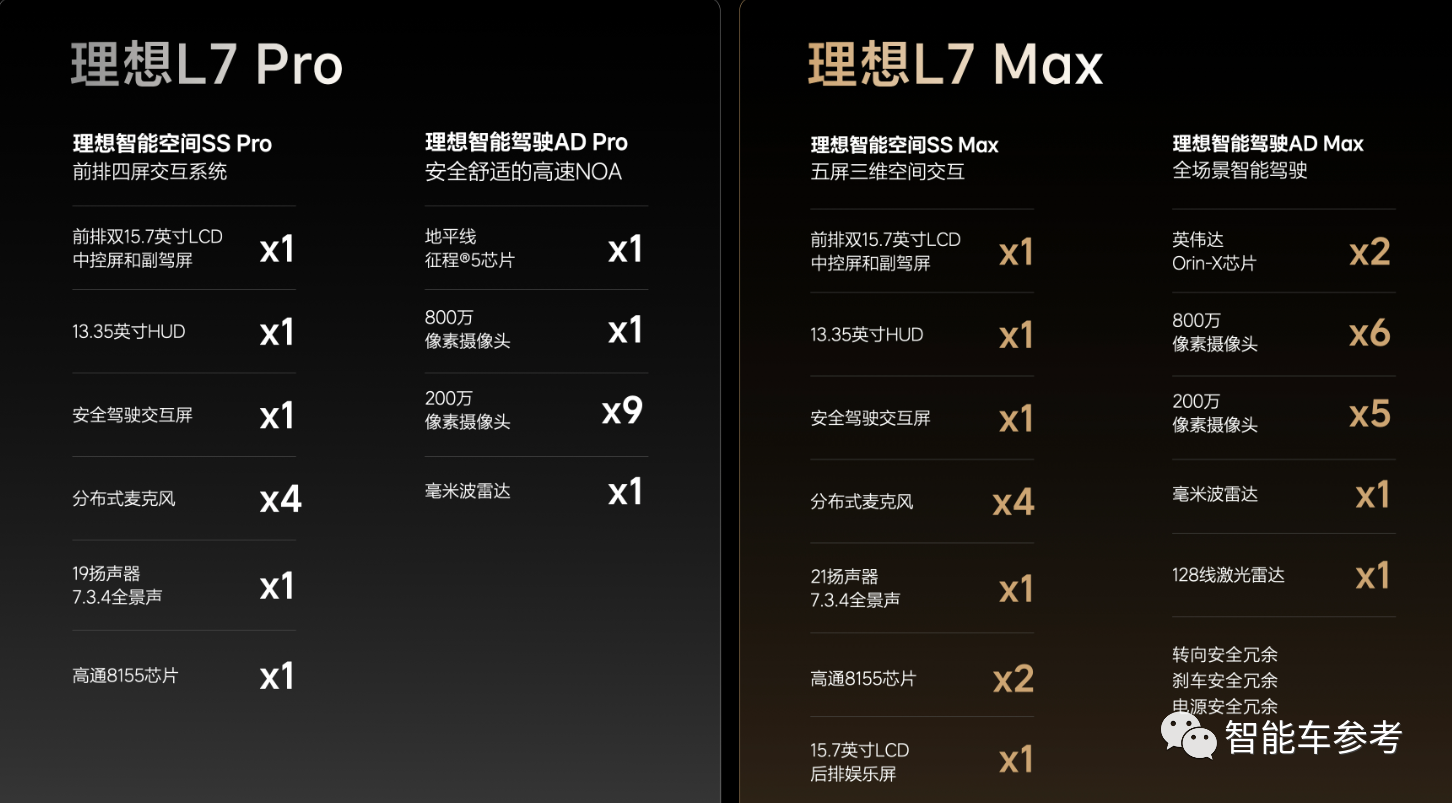
Max has the most advanced intelligent features, including OTA city navigation assistance function in the future, and a cockpit with five interactive screens.
The hardware support is also different.
Max is equipped with two NVIDIA Orin chips (512 TOPS), 128-line lidars, two Qualcomm 8155 cockpit chips, and more 8 million pixel cameras.
Pro is equipped with only one Horizon J5 (128TOPS), one 8155, and a sensor layout commonly used in the industry.
Heavily intelligentized users can choose Max, while Pro can also provide an intelligent experience above the industry average for users who don’t emphasize it as much.
Moreover, the intelligent configuration is included as standard and does not require additional price adjustments.
Therefore, the difference in price of tens of thousands of dollars lies only in the size of the car model, seat layout, and the intelligent cup size.
There are two versions of L8: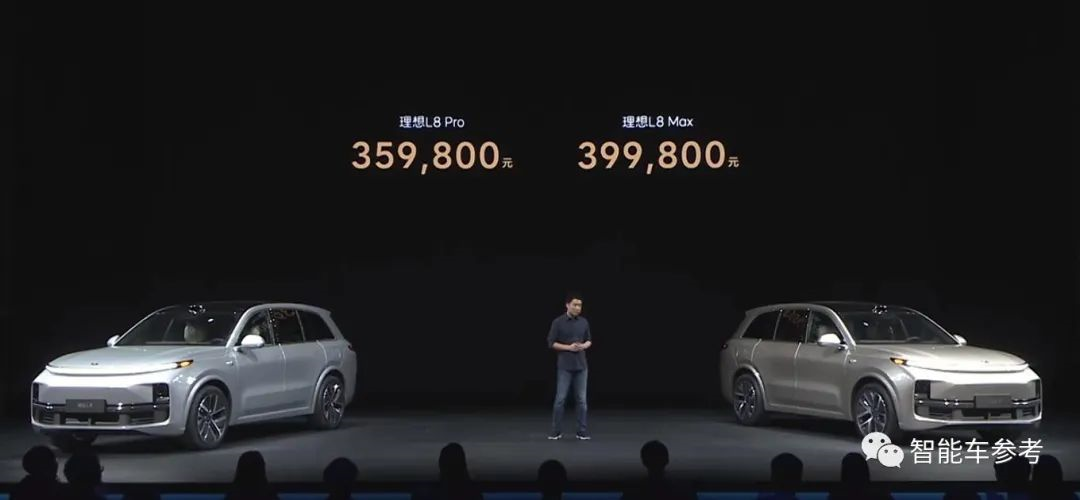
L7 is overall 20,000 yuan cheaper than L8:
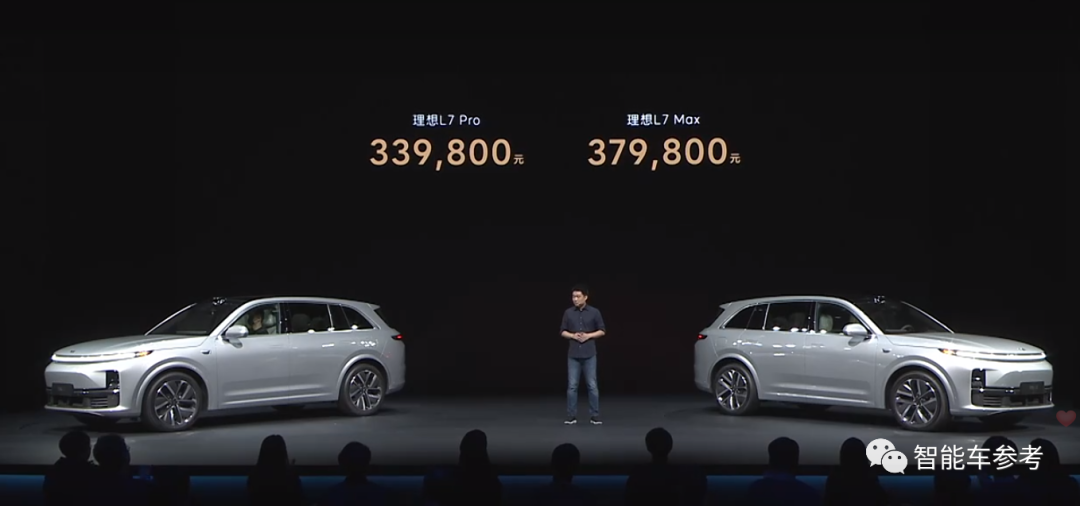
You should have an idea of how to choose, but you can also wait, after all, the L6 below 300,000 yuan has not yet been announced. Who knows if it will be another “nesting doll” that betrays the 7 and 8 car owners.
Li Xiang reveals pure electric models
Li Xiang explained why the successor name of the Ideal ONE became L8. This is because all future Ideal extended range models will start with L, which is a re-planning of the product line.
Here is also a pattern:
8 is the short-axis version of 9, and 7 is the five-seat version of 8.
In fact, it can be boldly speculated that the overall configuration of L6 should not be much different from L7, and the wheelbase is shorter, possibly around 2900mm.
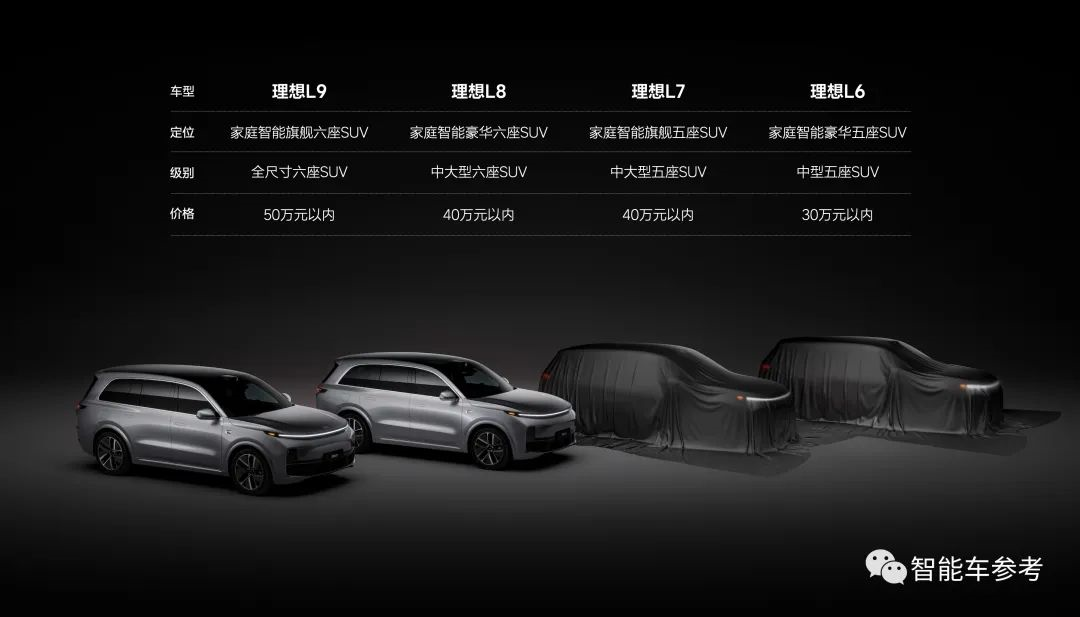
Still can’t help but say:
Volkswagen’s nesting doll models, when seeing Ideal, must call out professional.
However, Li Xiang also revealed some new information about pure electric models.
The first pure electric model of Ideal is likely to be mass-produced and delivered in 2024.
Li Xiang didn’t say it directly, but gave clear evidence for the inference.
First of all, Li Xiang confirmed that all future pure electric models will use the 800V high-voltage fast charging platform.
Ideal’s 800V high voltage uses SiC (silicon carbide) power semiconductor technology, which is completely self-developed and manufactured by Ideal.
That is to say, it was previously rumored that Ideal self-developed chips. Now it seems that the self-developed is power semiconductors, just like BYD:
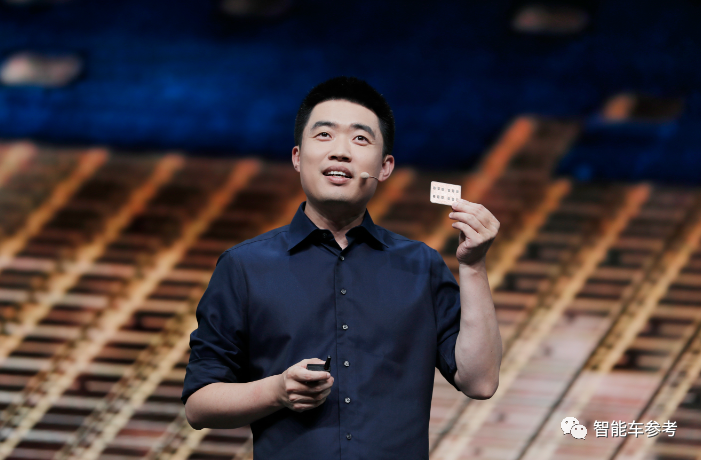
The factory has been built in Suzhou, and Li Xiang gave the timeline for large-scale production, which is 2024.
Therefore, the pure electric Ideal is likely to be launched in 2024, not 2023 as previously rumored.
The above is all the content of Ideal’s new car today.
And Ideal also disclosed new developments of the L9 that has been released: more than 10,000 deliveries in September.
Well, it’s scary.New cars L7 and L8, if you want to learn more about detailed configurations, follow Smart Car Reference, reply “7” or “8” in the dialogue box and understand it in one picture.
— End of message —
This article is a translation by ChatGPT of a Chinese report from 42HOW. If you have any questions about it, please email bd@42how.com.
